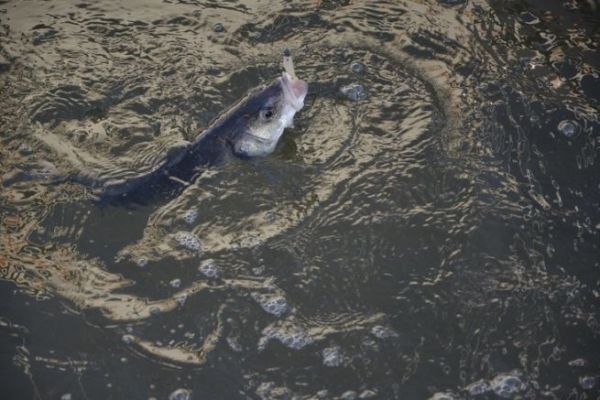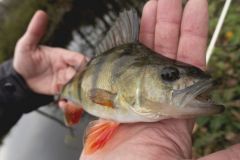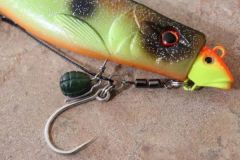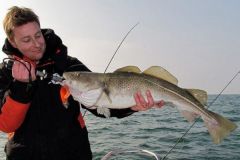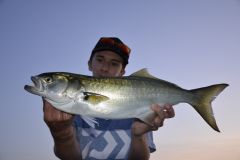A particular seasonality
The south of France is not particularly renowned for its large number of constantly flowing rivers, apart from the Rhône. As autumn approaches, the first rainy spells arrive, so it's time to keep an eye on the smaller rivers that often run dry during the summer. As the freshwater begins to flow into the saltwater, large numbers of fish head upstream to find abundant food. The first few days after a heavy rain are not always the most propitious, as the water becomes overly tinted and laden with debris that prevents us from fishing. Patience is essential, as it takes only 3 to 4 days for the water to become clear enough for the fish to have had time to move around.
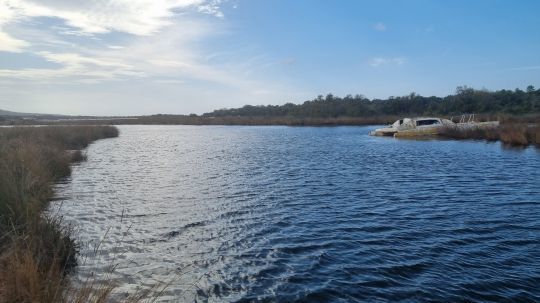
Noble and combative species
There are only a few species of sea fish that can survive in brackish or even salt-free water. These usually include wolffish, sea bream, marblefish and various mullets. Although you might think that only wolffish can be fished with lures, it is also possible to fish for bream and marbled bream with soft or hard lures.
The average size of fish is generally small, but we can easily target larger individuals using lures over 7 cm, as trophy fish also frequent the same areas. Bream and marblefish are often species that we encounter without looking for them, but a small lure animated by scraping the bottom will enable you to target them easily.
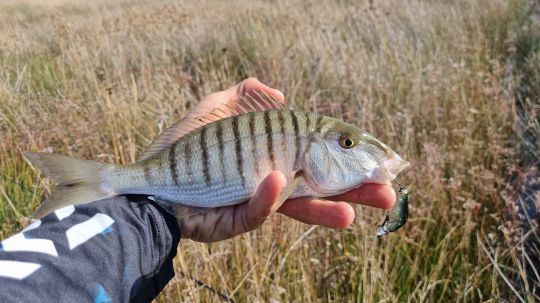
Lures to have in the box
Estuaries require the ability to adapt quickly to fishing conditions to catch fish. The aim is to have a small box of complementary lures to cope with any situation.
For wolf fishing, stickbaits and shads mounted for buzzing are perfectly suited to shallow or crowded areas. You'll also need a few hard lures, if possible jerkbaits in sizes ranging from 5 to 9 cm, suspending or sinking for deeper areas. Classic soft lures of 5 or 7 cm, mounted on 5-gram lead heads, will be perfect for combing in the currents created by the river. Finally, you can use casting jigs weighing around 10 grams for fast, long-range prospecting.
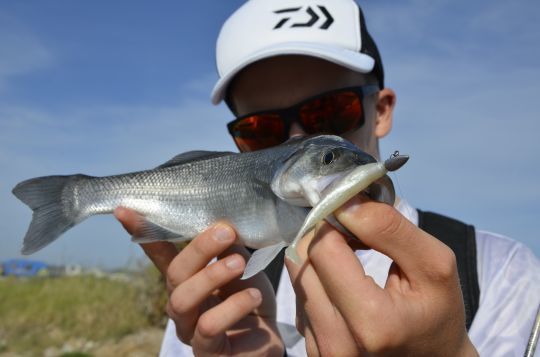

 /
/ 